To More Inquiry
Ski touring
₹2,599/
Per PersonRafting in Kashmir: An Adventurer’s Guide to White-Water Thrills
Kashmir, often called “Paradise on Earth,” is not just about serene lakes and lush valleys—it also offers thrilling white-water rafting experiences! With gushing rivers fed by Himalayan glaciers, rafting in Kashmir is an adrenaline-pumping adventure that lets you navigate exciting rapids while soaking in breathtaking landscapes.
Best Rivers for Rafting in Kashmir
1. Lidder River (Pahalgam) – The Most Popular Rafting Spot
- Location: Pahalgam (90 km from Srinagar)
- Best for: Beginners & Intermediate Rafters
- Rapid Levels: Grade I to Grade III
- Why Choose This?
✅ Short & long rafting stretches available (2 km to 8 km)
✅ Perfect for families, beginners, and adventure lovers
✅ Stunning views of pine forests & snow-clad peaks
2. Sindh River (Sonmarg) – A Challenging Ride
- Location: Sonmarg (80 km from Srinagar)
- Best for: Experienced Rafters
- Rapid Levels: Grade III to Grade IV
- Why Choose This?
✅ Fast-flowing rapids for thrill-seekers
✅ Close to the Zoji La Pass & Thajiwas Glacier
✅ Perfect for those wanting longer rafting routes (up to 10 km)
3. Indus River (Ladakh) – The Ultimate White-Water Adventure
- Location: Ladakh (Rafting at Phey to Nimmu stretch)
- Best for: Adventure Enthusiasts
- Rapid Levels: Grade II to Grade IV
- Why Choose This?
✅ Crystal-clear waters with exciting twists & turns
✅ Surrounded by barren mountains & monasteries
✅ One of the most scenic rafting experiences in India
Best Time for Rafting in Kashmir
April to September – Ideal time when the glaciers melt, increasing river flow
Winter (October-March) – Not suitable due to freezing temperatures & low water levels
Activities Plan
Location Map
Frequently Asked & Question
Ski touring is a form of skiing where participants travel across snow-covered terrain using skis. It often involves traversing backcountry or off-piste areas, away from ski resorts.
Essential equipment includes touring skis, bindings, climbing skins, poles, boots suitable for touring, safety gear (avalanche transceiver, shovel, probe), and appropriate clothing for variable weather conditions.
Ski touring involves ascending slopes using skins or other equipment, then descending using skis. It's more about the journey and exploring off-piste terrain than the controlled descents found in downhill skiing at resorts.
Ski touring involves inherent risks associated with backcountry travel, including avalanches, changing weather conditions, and navigation challenges. Proper education, avalanche safety training, and carrying necessary safety gear are crucial for safety.
While some ski touring routes can be suitable for beginners, having prior skiing experience, especially in different snow conditions, can be beneficial for safety and enjoyment.
Yes, many outdoor adventure companies offer guided ski touring trips led by experienced guides who can enhance safety, provide local knowledge, and help plan routes.
Ski touring demands physical fitness, including endurance and strength. Preparing with cardiovascular exercise, strength training, and skiing practice is recommended.
Having a well-thought-out emergency plan, including communication devices, knowledge of rescue procedures, and first aid skills, is vital. Always inform someone about your itinerary before heading out.
Reserve Your Activity
Secure your spot for an unforgettable nature adventure now!
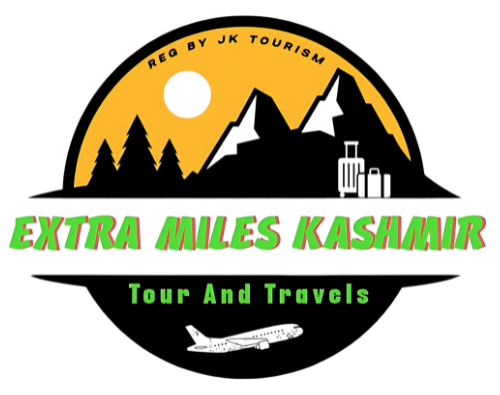

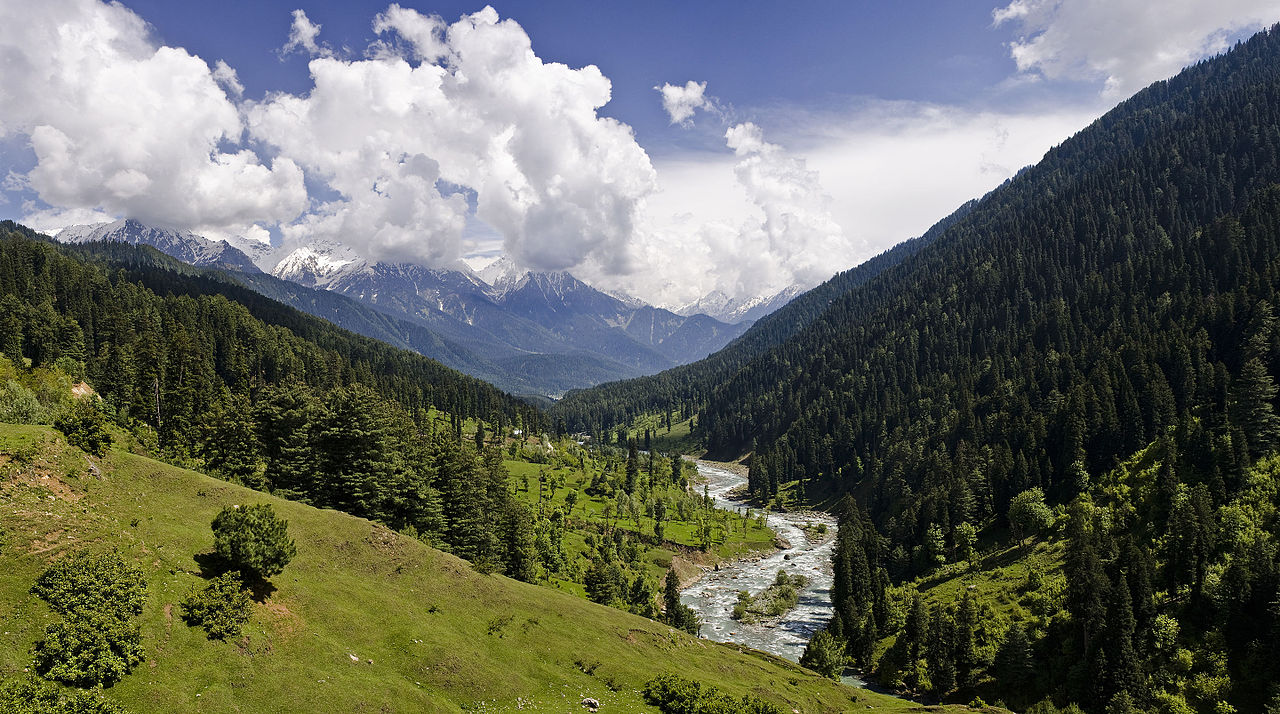
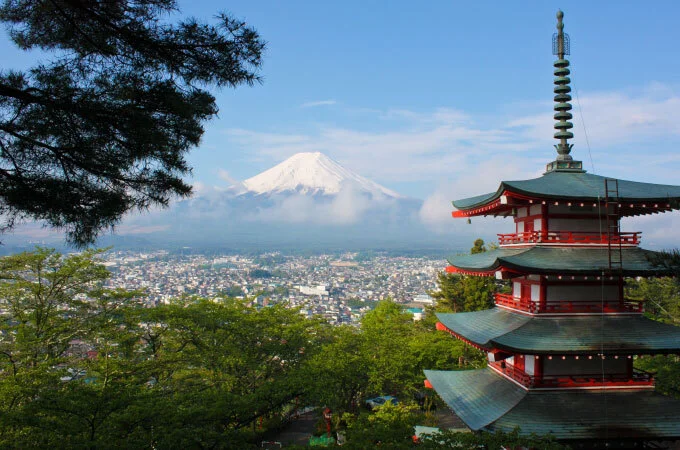

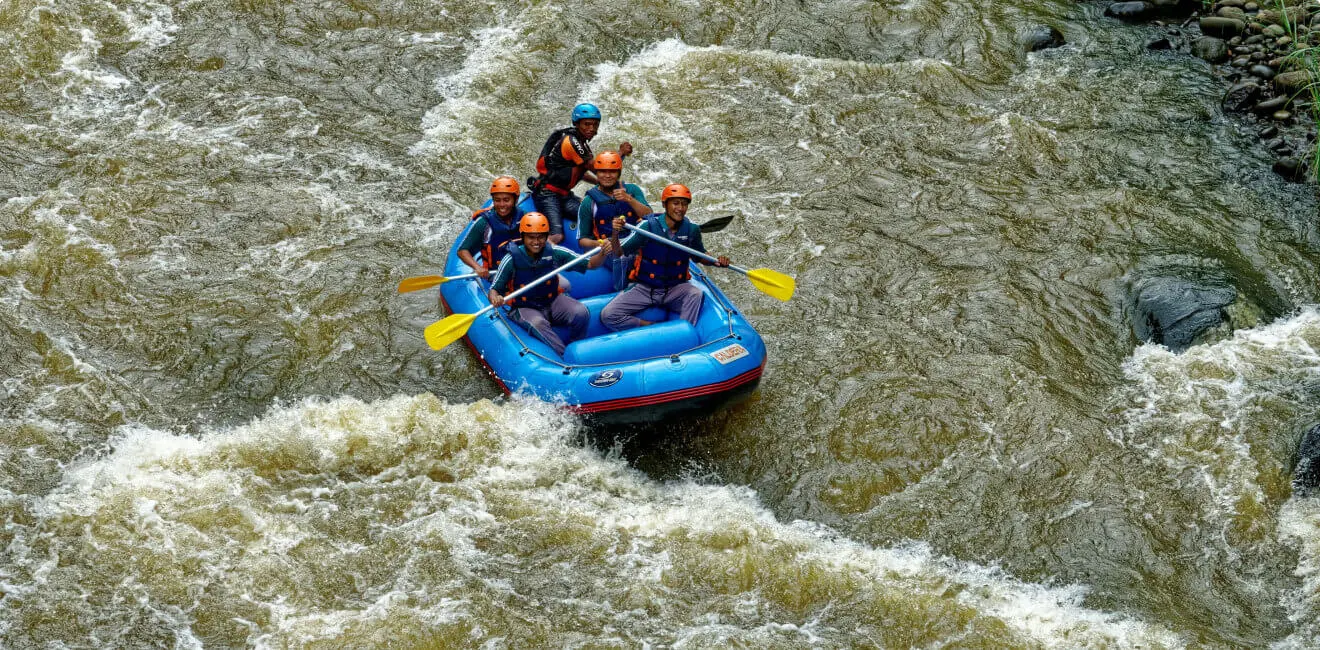
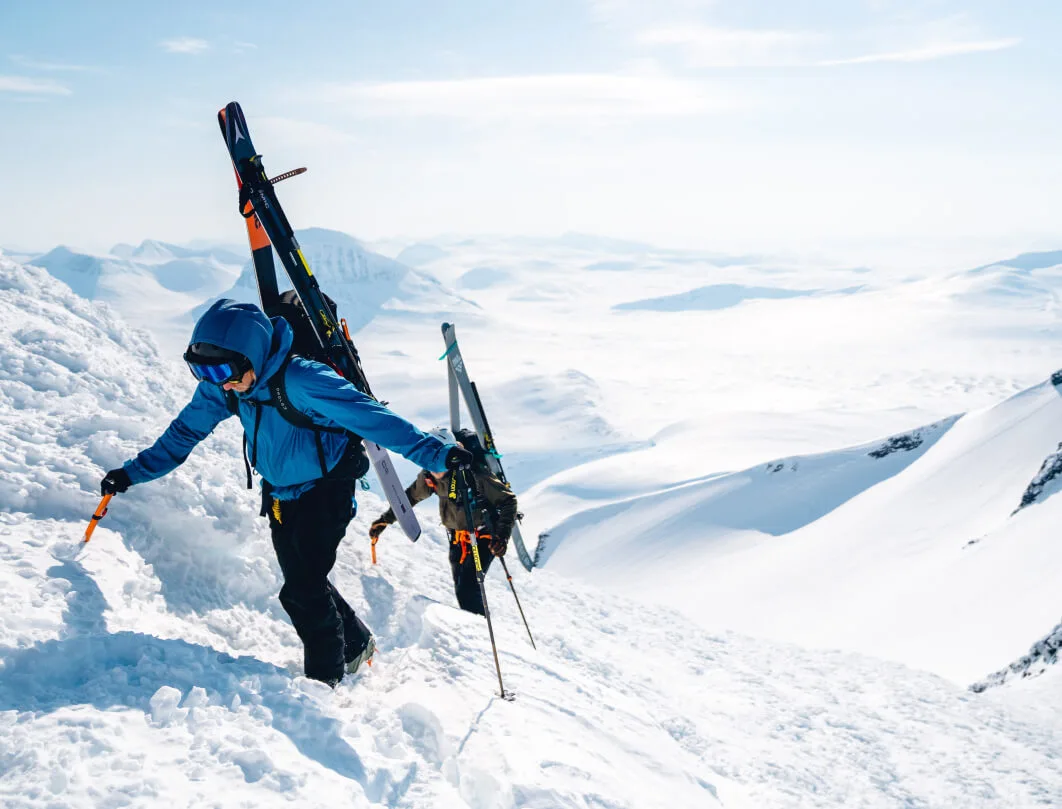
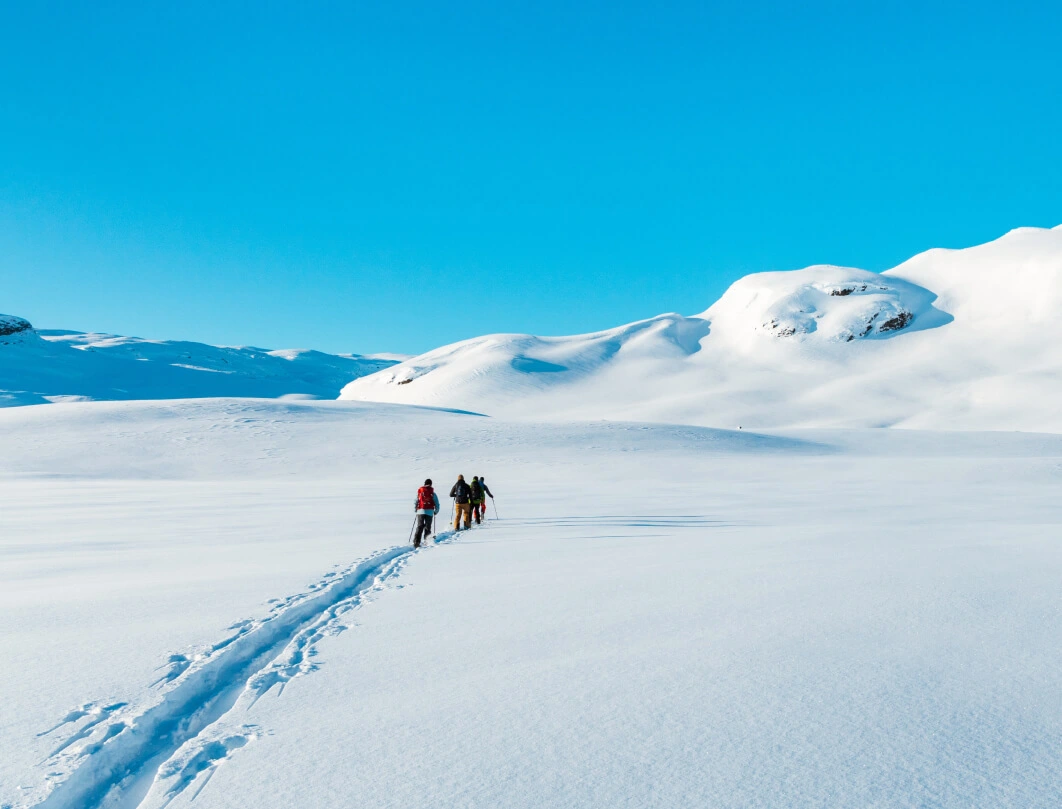
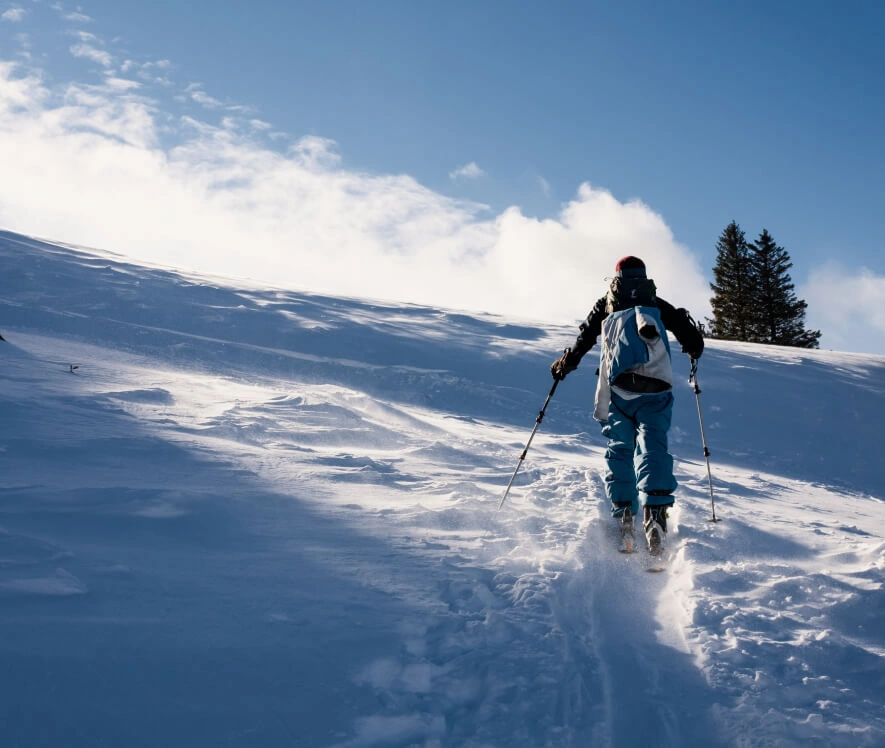
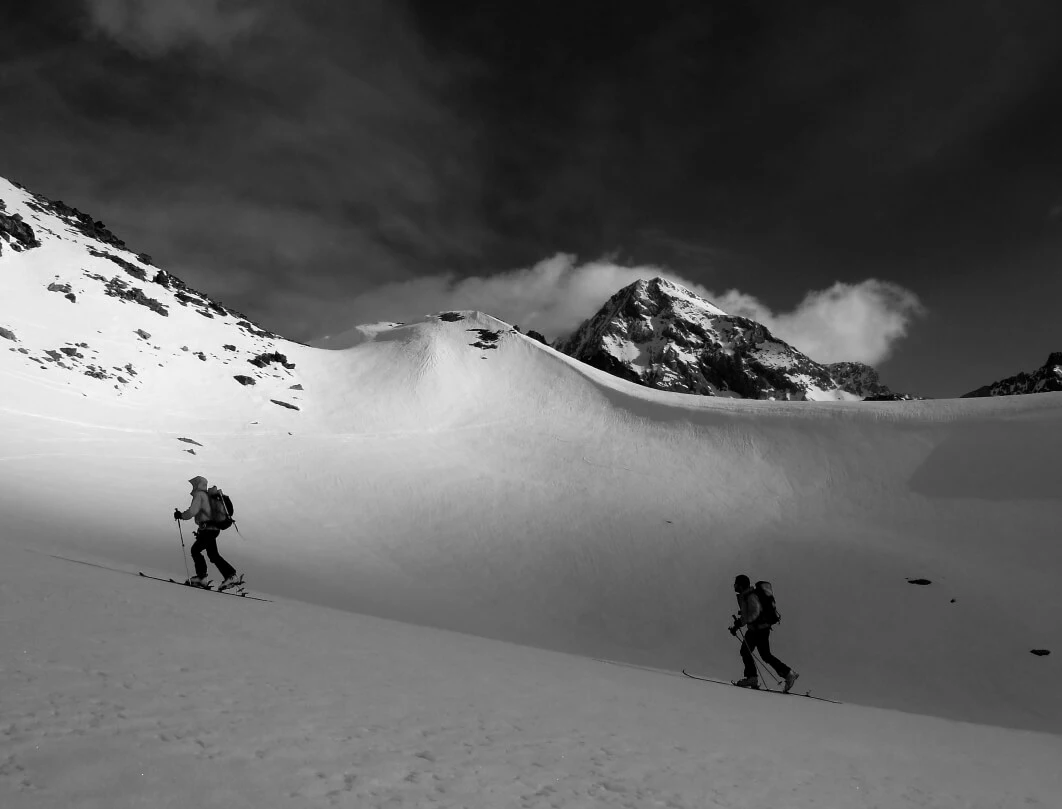



Leave a comment: